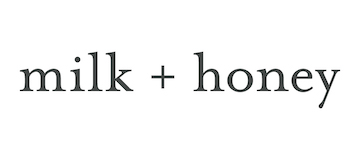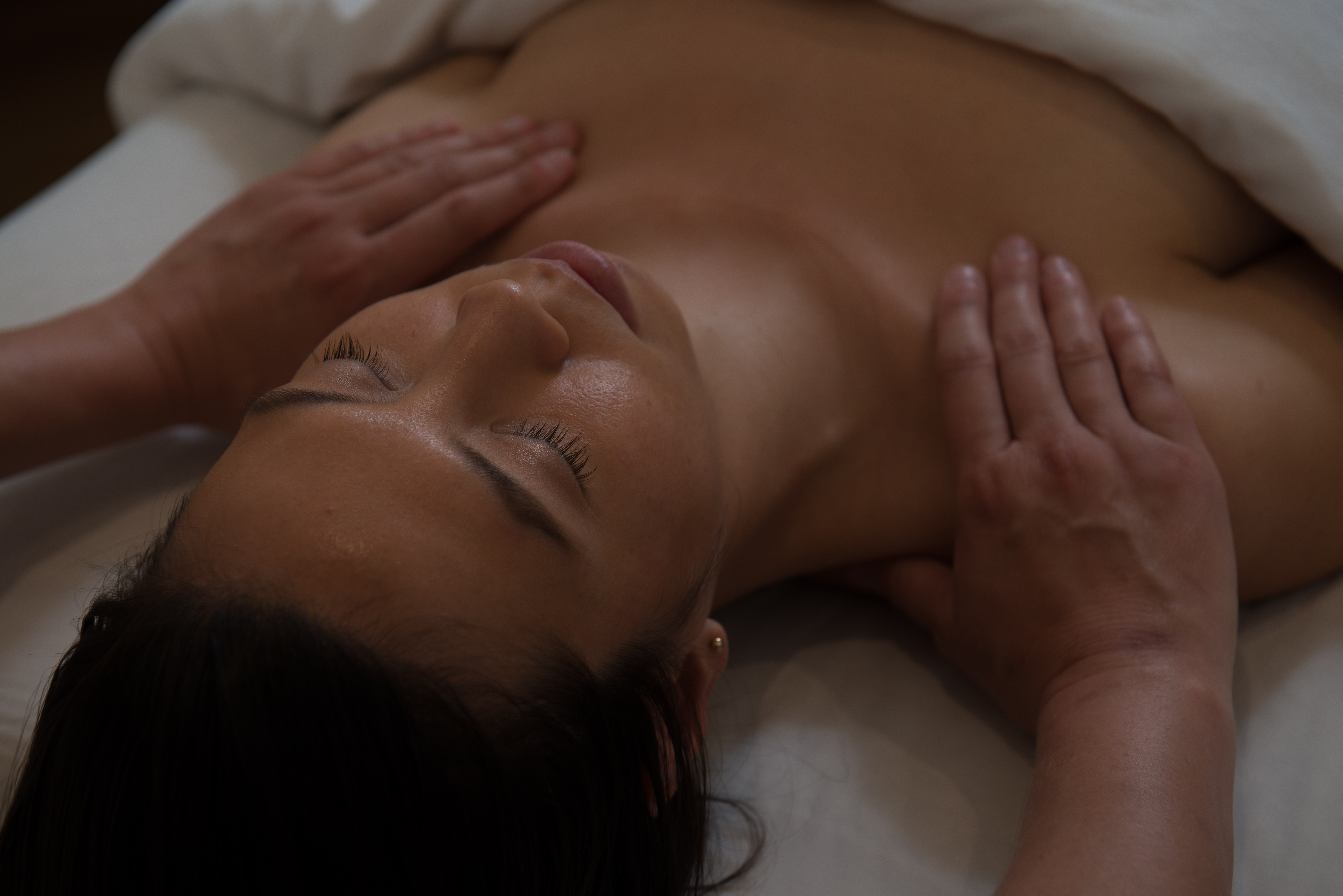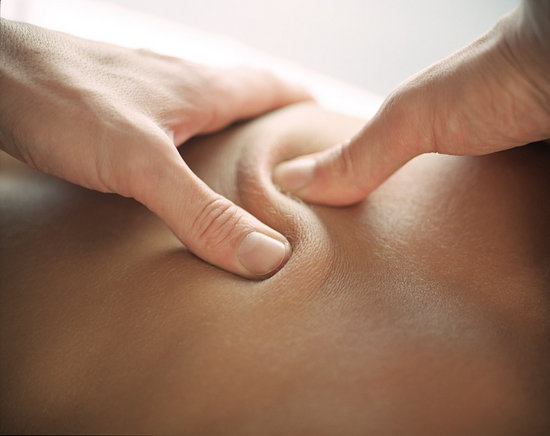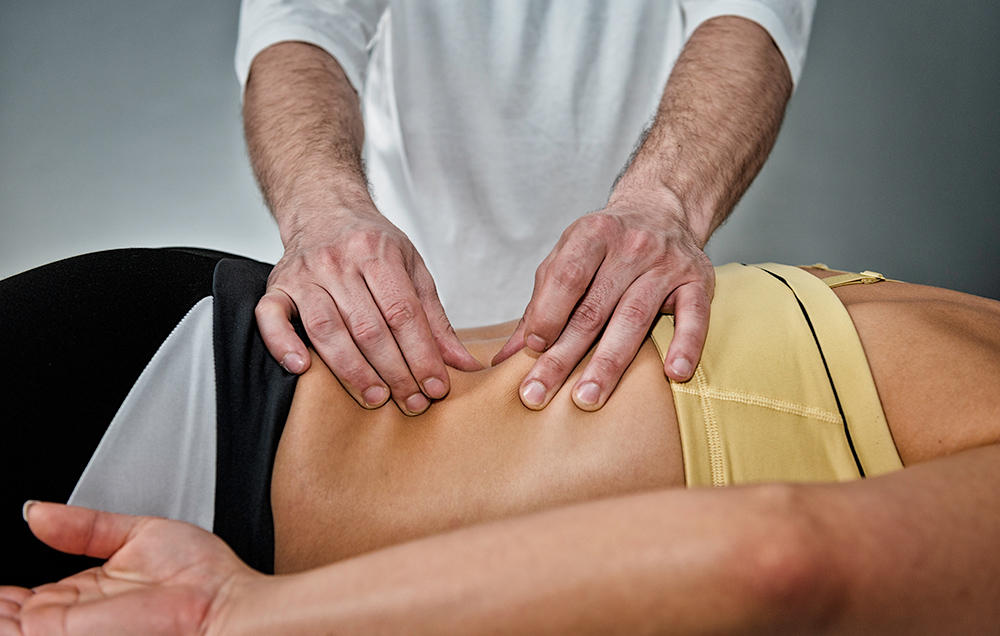Today, 2nd Street District massage therapist, Monique, gives us the 411 on the differences between three individual massage techniques.
Massage therapy is a vast field with a variety of different techniques and treatments. If you’re not a massage therapist, it can be a bit difficult choosing what type of technique is best for you. Well, take a deep breath. I’m going to break down the differences between the Big Three: Swedish, Deep Tissue, and Sports Massage.
To start, Swedish, Deep Tissue, and Sports Massage are all massage modalities. Within each of these modalities, I’ll use different massage techniques to help you achieve your individual goals. I like to tell my clients to think of massage as a blank canvas. The primary colors are the basic techniques of Swedish, Deep Tissue, and Sports, which provide the foundation for any session. By mixing these colors, or techniques, you get different variations and modalities. All of these different massage techniques can be incorporated into your session so that it caters to your unique and individual needs.
The Three Main Massage Techniques
1. Swedish Massage
A Swedish massage is commonly thought of as the traditional massage. This technique was developed in the early 1800s by the “Father of Massage,” Dr. Per Henrik Ling. As an avid fencer, Dr. Ling sustained many injuries over the years. Thus, he searched for ways to help him recover holistically. After studying physiology, gymnastics, and massage techniques from ancient Egypt, China, Greece, and Rome, he combined aspects of these techniques and created the Swedish massage technique. The focus of a Swedish massage is to help the body relax, while also increasing blood circulation. Increasing your blood circulation helps to ease muscle tension, decrease toxins in the muscles, and improve flexibility.
All Swedish massage incorporate long gliding strokes, kneading, friction tapping, and gentle rocking motions. During a Swedish massage, I’ll start off with light or medium pressure and then slowly integrate firm pressure. This massage technique is very beneficial because it incorporates all of your other body systems. In fact, when you receive a Swedish massage, your nerves, muscles, glands, and circulatory system are all affected. This, in turn, promotes a healthier well-being for you physically, emotionally, and mentally. At milk + honey, our Signature Massage utilizes Swedish techniques to provide a deeply relaxing and nurturing massage that’s just for you.
2. Deep Tissue Massage
A Deep Tissue Massage is effective at treating musculoskeletal dysfunctions, chronic pain, muscle tension, and improving muscle function. This treatment differs from a Swedish massage in a couple of ways. First, a Swedish massage focuses on relaxation and helping increase blood circulation to your muscles. A Deep Tissue massage focuses on releasing adhesions, or knots, from the deepest layers of your muscles to relieve pain, tension, and injuries. During a Deep Tissue massage, I’ll utilize different techniques to relieve your knots.
When clients come in for a massage, I’ll notice that they have those pesky knots on their shoulders and backs. Over time, if these knots are not treated, it can cause chronic pain and begin to affect nearby muscle tissue. In order to remove those knots, I’ll apply pressure on the area to smooth them out. Which leads us to another difference between a Swedish and Deep Tissue treatments — the intensity. During a Deep Tissue treatment, I’ll focus on removing all of those kinks and knots and that can sometimes be intense and leave you feeling a little sore. If you’re not sure if Deep Tissue is right for you, just ask me, or your massage therapist, before your treatment. Together, we can decide which modality is best. Sometimes, the best treatment is an integrative approach combining both Swedish and Deep Tissue techniques.
3. Sports Massage
A Sports Massage caters to helping athletes before, during, and after activity or an event. It can help with swelling or inflammation, faster recovery, injury prevention, increased flexibility and range of motion, and ultimately increase performance potential. You don’t have to be an Olympian to receive a Sports Massage, though. Anyone who likes to stay active can benefit from this type of massage. A Sports Massage treatment is dependent on you, your goals, your body, and your activities at the time.
Hopefully, you have a better understanding of the different massage techniques, which in turn, will allow you to choose the best one for your next treatment.
{Photo Credit: Deep Tissue Massage | Sports Massage}






2 Comments
Hello,
This is the blog article that is very informative information differences between three massage techniques. thank you for share this blog
Sometimes, the best part of a trip is taking a moment to unwind. An affordable couples massage in Las Vegas is a great way to do just that—without going over budget. A well-trained therapist and a calming atmosphere can turn a simple massage into one of the most memorable parts of a visit